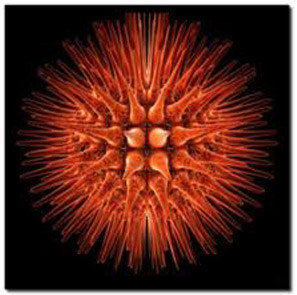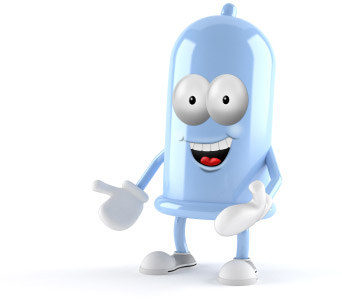AIDS and STI protect us!

What is AIDS? History and HIV transmission
 It was at the end of the 1970s that the first signs of the epidemic appeared: American doctors noticed that many of their homosexual patients had asthenia (weakening of the body). Soon, other cases of asthenia are discovered in China and the epidemic is declared global. The acronym AIDS (Human Immunodeficient Syndrome), AIDS in English, is used in France for the first time in 1982.
It was at the end of the 1970s that the first signs of the epidemic appeared: American doctors noticed that many of their homosexual patients had asthenia (weakening of the body). Soon, other cases of asthenia are discovered in China and the epidemic is declared global. The acronym AIDS (Human Immunodeficient Syndrome), AIDS in English, is used in France for the first time in 1982.
Human Immunodeficiency Syndrome is a virus that kills natural defenses. The patient can then be contaminated by so-called opportunistic diseases (a disease that benefits from the reduction of immunity to develop).
How HIV is transmitted
HIV is spread through blood, sperm, vaginal secretions, seminal fluid and breast milk. Only these 5 factors are at risk. Neither tears nor saliva nor mosquitoes can transmit HIV. Therefore, as long as no test has been done wearing a condom remains the only means of protection for safe sex ... with abstinence ... (Attention, fellatio and sodomy require also wearing a condom!)
How to know if we are infected
The only way to know if you are infected is to take a blood test. Do not rely on a person’s health, you can be HIV positive and healthy! For any information do not hesitate to contact your doctor or Sida Info service (http://www.sida-info-service.org, 0 800 840 800). The call is anonymous and free and you even have the opportunity to be called.
What is the difference between AIDS and HIV
HIV is the virus that is transmitted, the Human Immunodeficiency Virus. However, the virus takes 8 to 10 years (without treatment) to kill the human immune defenses. Once a man is defenseless, he catches an opportunistic disease called AIDS (because one does not die of HIV but of a disease contracted because of him). AIDS is therefore the last phase of HIV.
Some figures: HIV in France (data as of March 31, 2010)
- Number of people living with HIV / AIDS (50,000 who do not know it): 152,000
- Number of new diagnoses of seropositivity: 6.700
- Number of new AIDS cases per year: 1,450
- Number of cumulative AIDS cases since the beginning of the epidemic: 83,000
- Number of deaths due to AIDS since the beginning of the epidemic: 46,000
What is an STI?
 STIs (Sexually Transmitted Infections), also known as STDs (Sexually Transmitted Diseases), are infections transmitted by bacteria during sexual intercourse (s).
STIs (Sexually Transmitted Infections), also known as STDs (Sexually Transmitted Diseases), are infections transmitted by bacteria during sexual intercourse (s).
From Blepine Infection, which is treated with antibiotics to a serious infection that can cause cancer, sexually transmitted diseases significantly increase the risk of being infected with HIV because they weaken the mucous membranes.
As with HIV, wearing a condom every time you have sex reduces the risk of getting an STI.
Even if symptoms exist, STIs sometimes go unnoticed, so it is necessary to seek the advice of a doctor if in doubt! There are also Anonymous and Free Screening Centers that you can find on the info-ist.fr website: http://www.info-ist.fr/depistages/index.html.
Short (non-exhaustive) summary of STIs
There are many STDs, the most common of which are:
- Gonococcal gonorrhea or "hot-piss": Possible manifestations: burns and / or yellow discharge from the penis, vagina or anus, fever, pain in the lower abdomen. Asymptomatic forms, that is, without visible signs, are more common in women.
- Chlamydiosis: Possible manifestations: most often no sign otherwise burns, flow through the penis, anus or vagina, fever, pain in the lower abdomen, or even angina.
- Hepatitis B: Possible manifestations: fever, fatigue and hepatitis (jaundice).
- Genital herpes: Possible manifestations: small painful pimples in the form of bubbles on the genitals, anus or mouth, itching.
- Mycoplasma and Trichomonas: Possible manifestations: flow through the penis, anus or vagina, burning, itching.
- Papillomavirus: Possible manifestations: lesions or small warts (condyloma) on the genitals or anus.
- Syphilis: Possible manifestations: chancre (small painless sore), itchy rashes on the skin and mucous membranes.
- HIV: Possible manifestations: fever, rash, fatigue, diarrhea.
NB: many STDs have no apparent sign ... Do not wait, protect yourself! Only condoms (male and female) can protect you against an STD.





